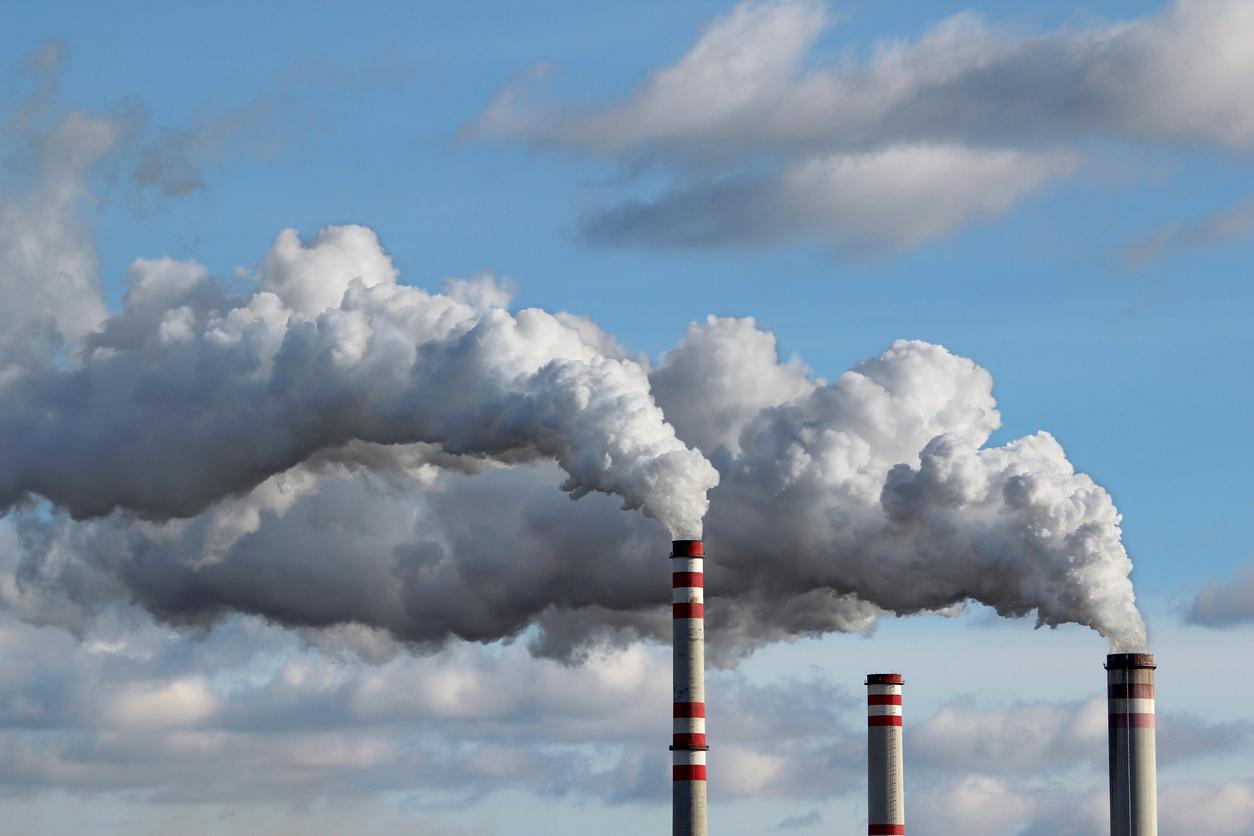Rescuers who worked in the rubble of the World Trade Center after 9/11 are at greater risk of developing autoimmune diseases, such as rheumatoid arthritis or lupus.

It is a tribute they probably did not expect to pay. The many firefighters and rescuers who rescued the victims of the September 11, 2001 attacks and then cleared the rubble, may have a higher risk of developing autoimmune diseases.
Dust responsible for chronic inflammation
A team of researchers from the Faculty of Medicine of Yeshiva University, in New York, studied the effects of exposure to the complex mixture of materials (cement, fiberglass, silica, asbestos, etc.) present on the site. from the World Trade Center. More precisely, the scientists evaluated the risk of developing autoimmune diseases, that is to say those related to an “runaway” of the immune system. Their study, published in the review Arthritis & Rheumatology, concludes that exposure to dust at Ground Zero greatly favored the appearance of such diseases.

Thanks to a database set up by the New York City Fire Department, researchers have identified 59 firefighters and rescuers with so-called systemic autoimmune diseases, which affect a large number of cells in the body. Among them, chronic inflammatory diseases such as rheumatoid arthritis, spondyloarthritis or lupus.
A 13% increased risk per month of exposure
New York employees had a 13% additional risk of developing an autoimmune disease per month spent on the WTC site. For firefighters and rescuers who have been exposed to dust for ten months, this translates into a risk three times greater than that incurred after a single month of exposure.
” To our knowledge, this is the first study to show that prolonged exposure to the rubble of the World Trade Center is an important predictor of the risk of developing systemic autoimmune diseases. », Comments soberly Mayris P. Webber, first author of the study and professor of epidemiology at Yeshiva University of New York.
Silica, a potential factor
In autoimmune diseases, the immune system, which is supposed to target and destroy pathogenic foreign bodies, directs its arsenal against its own cells. This runaway causes many symptoms, especially inflammatory, depending on the affected tissues.
The origin of autoimmune diseases is complex, and mixes genetic predispositions and environmental factors. The silica, present in the ground but also in the dust of the WTC, is an identified risk factor, which could explain at least in part the disorders developed by the rescuers.
While awaiting confirmation of these results in larger groups, the authors of the study recommend improving the detection of the diseases concerned, in order to promote their rapid management.
.
















